



I’ve been working on the Dark Souls 2 guides for some time now, and consider the original my game of its generation. I couldn’t wait to dive into the sequel, but after over 50 hours, and having explored much of Drangleic, I’ve come to realise the game is almost creatively bankrupt.
Dark Souls 2 rehashes old enemy types and behavioural patterns from its predecessor, disguised under a veil of ‘nostalgia’ and ‘homage’ with the misguided ethos of 'more equals better', creating a frustrating overall experience that doesn’t come close to matching what came previously.
I know what you’re thinking: 'Dark Souls is supposed to be frustrating, it’s one of the most challenging, controller-eating games around!' but, with Dark Souls, there was a method behind the madness. Take the Bell Gargoyles, for instance, a memorable early boss in the last game. Once you learned the attack pattern of the first Gargoyle, finally feeling a sense of empowerment, zapping half of the fiend’s health, another spawns, creating that knot in your chest.
This boss battle is recreated in Dark Souls 2, only this time, the Belfry Gargoyles spawn based on time, and rather than learn how to deal with two of them, the game simply throws a fuck-ton your way. Before you know it, there’s five on the roof of Belfry Luna. How are we supposed to develop a strategy for five fire-spitting, spear-wielding, FLYING gargoyles? There is simply no learning curve here, with victory determined by luck and circumstance rather than strategy.
Had this been the only example, DS2 could be forgiven, but these ‘homages’ are too frequent to be called that, and quickly become disguises for a lack of creativity in boss design. While this can be claimed as 'inspiration', others are simply carbon copies. In Heide’s Tower of Flame we’re greeted with the ‘Old Dragonslayer’, a nerfed version of one of Dark Souls’ toughest bosses, Ornstein, minus his brother Smough. Once again, Ornstein’s attack patterns are almost identical to his first appearance, and doesn’t offer anything new or interesting other than memories of previous encounters.
Then we come to the world of Drangleic. While it’s inarguable that Dark Souls 2 is certainly a more graphically impressive game, it definitely isn’t a prettier one. Many of the different hub worlds seem to simply be hitting the same beats: here’s the fire world; here’s the poison forest; this is the castle and so forth. Every environment in Dark Souls was exquisitely detailed, with a floor plan to rival Doom. It also felt like a much more explorable environment.
Dark Souls 2 grants the ability to fast travel between bonfires almost from the outset, and while this makes for a more streamlined method of traversal, it also creates a disjointed world. I enjoyed finding different routes to areas while exploring Dark Souls, or running away from an overwhelming dogfight, whereas now I’m simply zapping to and from Majula.
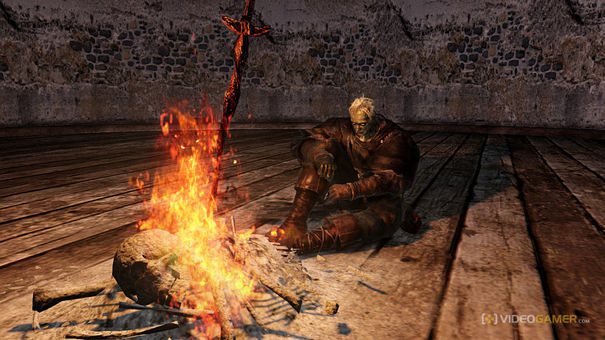
To speculate on why it fails to live up to expectations, it’s important to have a bit of context. Dark Souls 2 featured an almost completely different development team to both Dark and Demon’s Souls. A wonderful NeoGAF post demonstrates very clearly how much changed between the games, from the director all the way down to programming staff, as well as role changes for those still on the team. To go out on a limb, it could be argued that, being a reshuffled line-up, it could have been a hesitance to reinvent the wheel: with such a loyal and passionate following, any strong decisions could lead to either incredible praise or ferocious backlash. A risk averted.
Again, that is speculation, but the proof is in the pudding. This is a game that offers little extra to Dark Souls, with minor tweaks hoping to satiate appetites until the next-gen offering rolls around.
But why accept the project and not make your mark? This is a game where every moment relies on your memories of the past, so much so you forget this isn’t an add-on, but a new game entirely. Imagine FIFA 15 with line-ups from the first Premier League season, or Peter Parker getting bit by the spider at the beginning of every movie (aactually, that does happen... all the time. Enough of that, Hollywood)?
Dark Souls 2 isn’t fundamentally a bad game, but that’s due in large part to the foundations on which it has been built. Rather than take those solid building blocks and move the series forward the developers, perhaps through fear of doing just the opposite, reverted to type hoping for fans to rely on memories to enjoy the present. Rather than forge their own path, they’ve walked along old ground, burning the forest as they went.
Want another opinion? Check our original Dark Souls II review here.
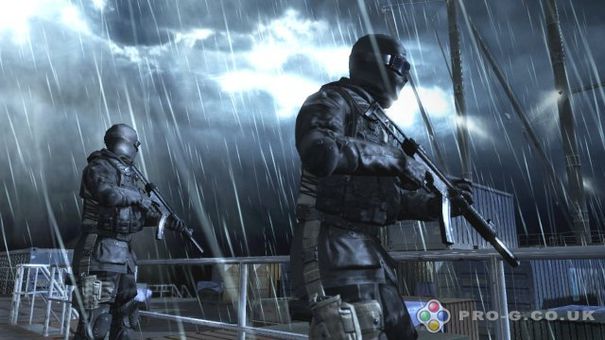

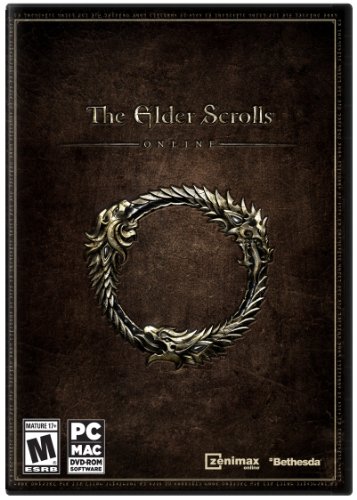
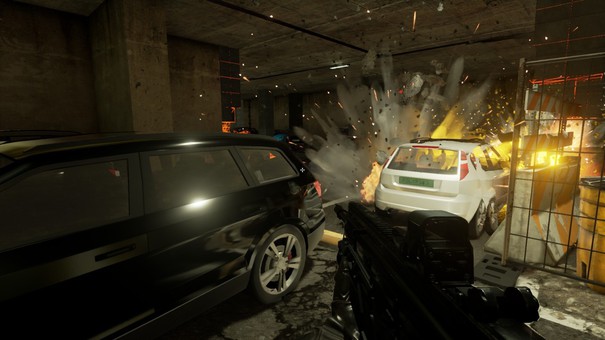
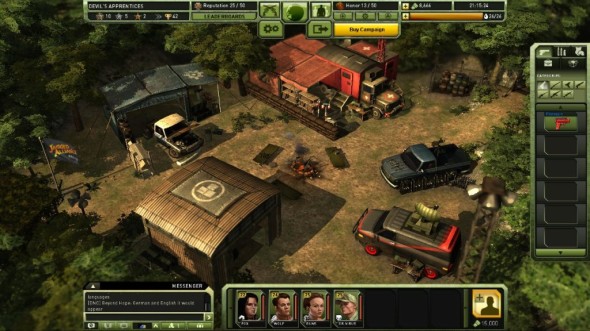 Jagged Alliance: Online - 10 Survival Tips
Jagged Alliance: Online - 10 Survival Tips Torchlight 2: Crowd Control Shotgonne Outlander Build Guide
Torchlight 2: Crowd Control Shotgonne Outlander Build Guide What is League of Legends?
What is League of Legends? Torchlight 2: The Deadly Dual Pistol Outlander Build Guide
Torchlight 2: The Deadly Dual Pistol Outlander Build Guide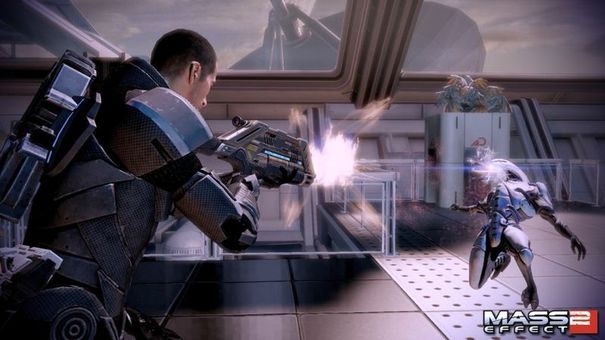 . Plays July 19, 2013
. Plays July 19, 2013